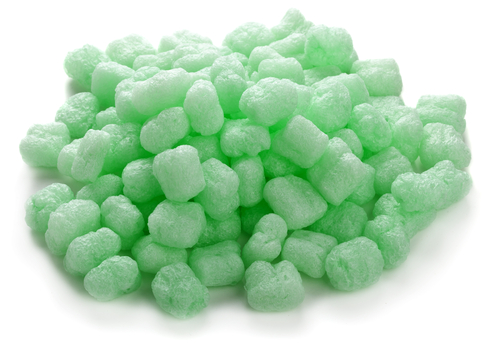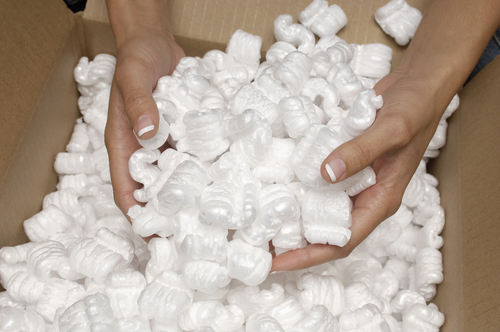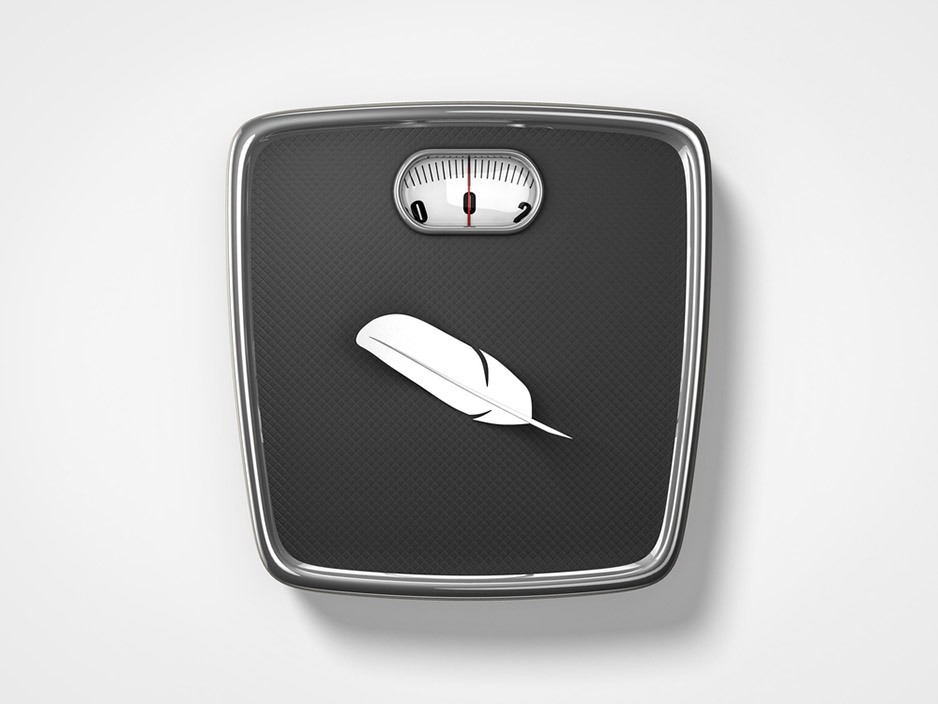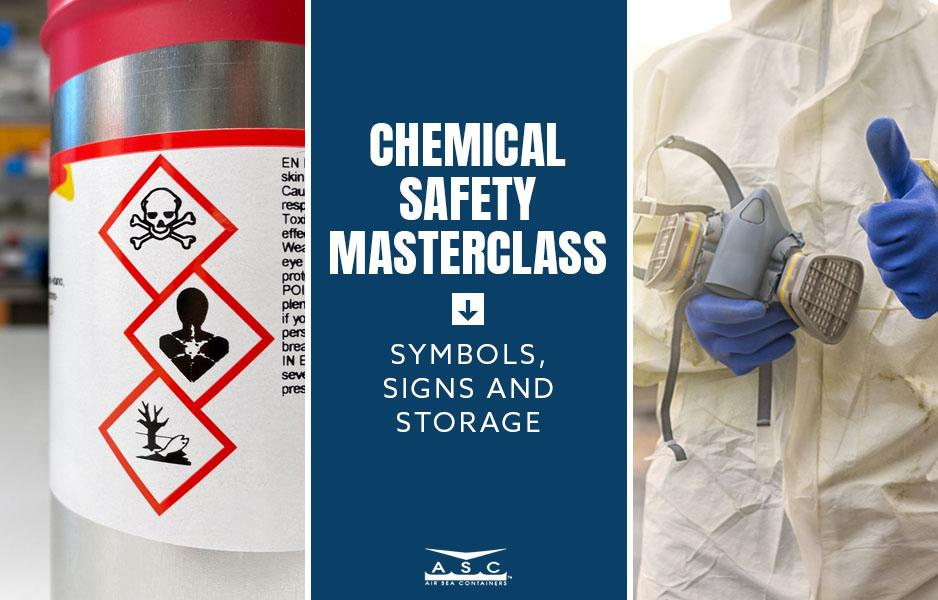Many of us have never really stopped to think about what exactly “biodegradable” truly means, though. By definition, “biodegradable” means that the item can be broken down by bacteria or other living things.
Most of us don’t stop to think about how the environment works. Living things consume and living things create waste. Humans create a lot of waste in the form of trash, and just like we don’t eat things we can’t digest, the micro-organisms that break down waste don’t either. Materials that cannot be broken down by these organisms are not consumed, and they continue to build up in landfills. Biodegradable materials, however, are consumed by these micro-organisms. As a result, they break down much faster in landfills.
Styrofoam is a common packing material. In fact, you’ve probably purchased something from a store to find Styrofoam packing inside the box. You may have made a recent purchase online to find the item buried in sea of Styrofoam packing peanuts. Unfortunately, Styrofoam is not biodegradable and can remain in the environment for millions of years. It can break into smaller pieces and cause problems for any wildlife that may ingest it. It is one of the most common waste materials found in ocean waters, and it is extremely detrimental to the health of our planet.
Enter the biodegradable packing peanut. Made from plant-based ingredients, such as wheat or cornstarch, biodegradable peanuts simply dissolve when they come into contact with water. Unlike other biodegradable materials that can take years to completely break down, this process happens in minutes.
The Benefits of Biodegradable Packing Peanuts
Biodegradable packing peanuts are much less harmful to the environment than their Styrofoam counterparts. While foam peanuts can spend centuries floating in the ocean, the biodegradable variety beings to break down within minutes of contacting moisture. They dissolve in most types of liquid and leave no waste behind. If ingested by animals or sea life, they pose no major health threat because they are made using non-toxic materials.
The production of Styrofoam packing peanuts is also harmful to the environment. Peanuts made from biodegradable materials require less energy to produce, and the facilities that manufacture them emit fewer greenhouse gases. They are also safer to manufacture. While manufacturing Styrofoam exposes workers to carcinogenic materials, the materials used to create biodegradable packing peanuts are completely non-toxic.
Biodegradable packing peanuts work well for more shipping applications. They do not settle as much as their Styrofoam counterparts, and they do not hold an electrostatic charge. They retain significantly less static and are less likely to stick to things like electronics and clothing.

Biodegradable Packing Peanut Drawbacks
While there are several benefits to using biodegradable packing peanuts, there are only a few drawbacks. The materials they are made from make them a bit heavier than Styrofoam. While this may not be significant for small operations or companies that ship small packages, larger companies and those that frequently ship large boxes may find themselves spending significantly more on shipping charges.
The biodegradable nature of the peanuts may also be problematic in some situations. Because they dissolve when they come into contact with water, they could begin to break down or become sticky in humid situations or if a liquid container spills inside the package.
While manufacturing them uses less energy, they are more expensive to produce. This results in a higher price for buyers. The price difference is minimal, but for businesses operating on tight budgets, they may not be the most affordable option.
Should Your Business Use Biodegradable Packing Peanuts?

While they may increase costs slightly, the benefits are well worth the expense for most shipping applications. If you haven’t already made the switch to biodegradable packing materials, biodegradable packing peanuts are a great place to start!For many businesses, the myriad benefits of biodegradable packing peanuts outweigh the drawbacks by far. Using them is a huge step toward going green. You and your company can feel good about not contributing to pollution and overflowing landfills, and your customers will be happy purchasing from an eco-conscious company. Customers will also appreciate opening packages that are not filled with static-rife Styrofoam packing peanuts.











